“What’s top of mind?” is an incredible starting point for a financial planning conversation. A client will oftentimes start with a story, not the balance of their retirement account or what they spent last month on dining out. More recently, children have been top of mind for a lot of families. How should we pay for college? Should we pay for college? I want to save for my child, but have more flexibility than an education account. Education and the cost of college is the obvious priority with kids. I’ll suggest protecting your child with life insurance with accelerated benefit riders as a second priority. Let me explain, after you just tensed up and committed yourself to not discussing.
As a parent, I pray nothing happens to my two sons. Unfortunately, I don’t have complete control of that outcome. Here are three reasons why I’ll suggest life insurance for your child.
Accelerated benefit riders give you access to the death benefit, if your son or daughter experiences a terminal diagnosis, chronic disability, or a critical event. If any of these conditions take place, I’m not going back to work the next day. I’ll living at the hospital, eating restaurant food, and spending money on unanticipated expenses outside of what health care pays for, without having to take a loan on my 401k or deplete my savings account.
A death benefit (unimaginable) provides peace of mind that if the worst were to happen, your family wouldn’t have to think about work, the mortgage, or time off. You simply could spend time together grieving the most difficult time in your life. Enough said.
The cash value growing inside of your indexed universal life policy (form of permanent insurance) creates a saving vehicles indexed to the S&P 500 over the life of the policy. If at a certain point in your now grown child’s life, you can surrender the policy and provide a jump start for their first down payment, wedding, or other significant event in their life, OR even give the policy to your child for them to now pay their own premium and have a level of life insurance in place.
Why don’t I invest my money in the market and have more to give to my child when he/she is grown? I agree with this philosophy, assuming none of the aforementioned events happen while your children are under your roof. Since the cost of insurance for a child is so low, I’m willing to protect my child first, then if nothing happens, I have an opportunity to gift them their starter policy as they start their own career and family. If you have a term policy in place, you can oftentimes add a child term rider for a small additional premium. Cheers to being a parent. If you have further questions about this type of planning, please reach out to Mark Nicolet, CFP®, at mark.nicolet@trilogyfs.com or 303-300-3323 ext. 5227.
This material contains only general descriptions and is not a solicitation to sell any insurance product or security, nor is it intended as any financial or tax advice. For information about specific insurance needs or situations, contact your insurance agent. This doesn't take into account your personal characteristics such as budget, assets, risk tolerance, family situation or activities which may affect the type of insurance that would be right for you. In addition, state insurance laws and insurance underwriting rules may affect available coverage and its costs. Guarantees are based on the claims paying ability of the issuing company.

